First, some bad news.
As runners we’re inevitably going to be mixing it up with traffic. Whether it’s with occasional cars on a country road or street traffic at a crosswalk, the sad fact is when there’s a bad mix-up it usually doesn’t end well for the person outside the car.
One study found that pedestrians and cyclists account for nearly 1/3 of all people killed and seriously injured in crashes. It also found that late detection of other road users (pedestrians and cyclists) by drivers is one of the basic failures responsible for collisions.
Clearly, we need to give drivers every opportunity to see us – as early as possible.
The good news is we can help ourselves out by wearing high visibility clothing, and as it turns out, dealing with our own misconceptions about how visible we actually are out there.
Daytime Visibility – Go Bright
The best colours for being seen in daytime are the brightest – the neon (or fluorescent) colours.
These colours stand out because they are in fact brighter.
Neons are able to do two things.
The first is reflect that particular colour (wavelength) of light from the natural light falling on it. All colours do this. A red material, for example, reflects just the colour red and absorbs all other colours. The second thing neons do is absorb ultraviolet light, light you can’t see, and re-emit it as that neon colour – light that your eye can see.
Very clever. (Should I say bright?)
If you know you’re going to be dealing with traffic where you’re headed, go neon. All day long.
Start Making Sense
I took a driver-training refresher not long ago. After hearing a distant ambulance, my instructor, Jeff, a grizzled, crafty veteran, asked me what I do when I hear a siren. In a flash of trying to get the right answer, I blurted out “I slow down and pull over.”
“Are you sure?” he replied.
“Yeah…” I said slowly, leaking confidence.
“No you don’t. You (all of us) check to see where the siren’s coming from first.”
He was, of course, right.
Before we do anything, we first try to make sense of what it is we’re seeing or hearing. If what’s happening looks like it might affect us, we either look for more information or we take action. Otherwise we ignore it.
Turning the tables, then, as runners we want drivers to immediately make sense of what they are seeing – human beings, us, running – so that they can take the appropriate action of avoiding us. Right?
Lighting Up
The Swedish psychophysicist Gunnar Johannsson ran a set of experiments in the 1970s that showed how much information we need to see to make sense of what we’re seeing. He found that we don’t need much more than a few visual cues to correctly identify, for example, a person walking. Take a look at this video (up to about the 3:00 mark). It’s definitely old-school, but you’ll get the idea.
Even using reflectors on hips and legs only, the subjects in the video were always identified as walking human beings. Our minds easily and automatically fill in the blanks.
As you might expect, a single light source provides no clues. But a grouping of lights, with at least one in motion relative to the others, provides all the evidence a human mind needs to determine what exactly it is looking at.
And our minds need very little time to put the pieces together. It is called rapid spontaneous organization and we do it very quickly. In this video clip, from the same era (from 9:06 on), you can tell exactly how quickly your mind works.
So what you want to do is #1, wear reflective material, and #2 ensure that reflective material is spaced apart on your body. Make sure the gear you wear has reflective patches on at least the shoulders or hips, wrists, and ankles or shoes. Reflective patches or bands around the knees and elbows work very well too.
A few companies are experimenting with systems that use motion perception to improve visibility. Pearl Izumi, for one, has developed its BioViz Run gear to take advantage of exactly this phenomenon. And Sugoi’s Zap Run technology fills in all the blanks – there’s no question what you’re looking at in their gear...it’s a runner.
One Light?
Having a single light or reflective patch, or none at all, forces drivers to wait for more information, delaying a possible reaction and robbing you of precious seconds.
Wearing, at the very least, strategically placed reflective patches takes some of the guesswork out of drivers’ minds, and may give you a little more room to run.
Wearing White?
3M made a quick video about exactly this question, entitled No White at Night. Pretty informative. Pretty obvious. Don’t rely on wearing white.
Cars are Bigger
Just when I’ve got you convinced that high visibility clothing is enough…
In a study done on cyclists, researchers found that most cyclists supported wearing high-visibility clothing.
Except that few of those same cyclists actually wore it.
Cyclists also reported the distance at which they thought they would first be recognized by a driver. Drivers reported a distance about half that much. Not surprisingly, another study of bicycle-car collisions found only 51% of car drivers had noticed the cyclist prior to the collision.
In yet another study of car-bike interactions, drivers (no surprise) were much more concerned about other cars on the road – in terms of getting into an accident – than they were about cyclists.
So, the situation is bound to break from time to time with drivers much more concerned with other cars, and cyclists consistently overestimating how well drivers can see them.
All of this to say that, when you’re out running (or cycling), despite what you might think, drivers are not likely to see you.
You can, and should, swing the odds in your favour by making yourself as highly visible as possible. And by not assuming that drivers see you because they probably still don’t.
My very first driving instructor, Jerry, told me “Drive expecting an accident and you’ll never have one.”
To this day I drive, and most importantly cycle and run with my head on a swivel – I’m looking for vehicles everywhere.
I reason that cars are bigger and faster than me.
And that, hey, driving instructors are pretty smart people.
I’d love to hear your experiences with high visibility clothing, and how you keep yourself safe from traffic. Leave your comments below and let me know.
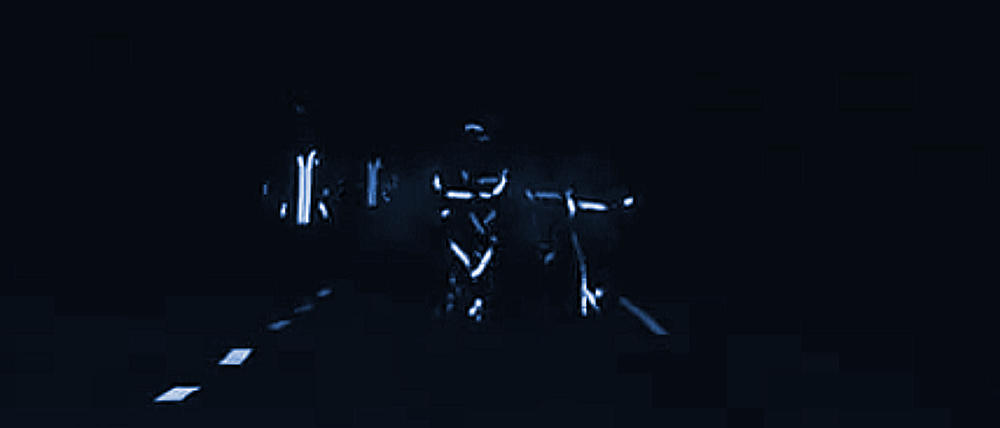
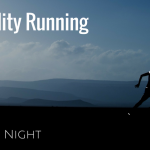
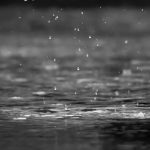
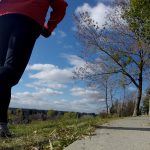
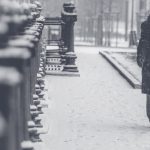

Thanks Annicklablache. I know. Riding at night isn’t much fun. Just make sure – at night – you wear something with reflective material in it. Fluorescent colours won’t help you too much at night. I’m just finishing a post in the next day or so on some running jackets I’ve had a look at that can help.
All the best out there! And stay safe!
Larry
Thes tips are so helpful. I am constanly afraid each time I ride my bike cause i’m always paranoid that drivers cannot see me. Wearing fluorescent clothing does help and does give me more confidence while on the road cause I mostly ride my back at night
Thank you for the great tips.
Hi, Larry. I love your information on high visibility clothing it is very informative. I am a very amateur runner and I occasionally run at night but never put too much thought into my gear. I do where neon but now I will be so much more aware thanks to you. Hopefully, drivers and runners alike will be more cautious. Thanks again for the great information.
Happy Trails,
Carol
Thanks Carol, glad you enjoyed it. I’ve got neon too, for daytime, but the nights are getting longer here so it’s becoming inevitable I’ll need to get into the reflective gear. And there’s good stuff out there. Manufacturers are getting smarter about putting reflective material into their jackets and tights – which is good news for all of us. I’ll write about it in an upcoming post.
Thanks for your thoughts. And yes, I also hope drivers and runners alike will be more cautious.
All the same, have fun out there!
Larry
What a fascinating read! As a regular runner myself, I feel like I need eyes on the back of my head to keep safe from the traffic! I really enjoyed the informative and relevant videos that you included in your post. I am going to be checking my running gear to make sure they have the correctly spaced visibility tags! Thanks for the information, I really enjoyed this post!
I agree Philip, we pretty much need eyes on the backs of our heads. I think I’m worse about it since I researched and wrote the article!
Thanks for the comment. And all the best in your running!
See you out there!
Larry
Great advise! I’m certainly stuck in the motivation rut right now. I used to be an avid runner – I ran 3 marathons in a 12 month period, but I haven’t run for a few years now. Trying to get back at it but it’s been a struggle. You have good content and i’m looking forward to reading more of your posts.
See you on the trails one day! lol
Susan
I know the feeling Susan – although I’ve never run 3 marathons in 12 months! That’s pretty intense. It’ll come and go, but you’ve still got your gear right? So when it comes again, even just a hint of it, you’re good.
It’s like writing, in a way. I’m reading a couple of books by Natalie Goldberg right now. If you haven’t read her, she’s a terrific writing soul (say), and her advice to writers is to just put the pen to paper. She has little exercises where she suggests a topic and says “Ok, go. 10 minutes.” And you write for 10 minutes. That’s it. And all of a sudden writing doesn’t seem like this big deal.
Is it transferable to running?
Go. 10 minutes! lol
Thanks for the comment Susan. All the best, and yes, we’ll see you out there!
🙂
Larry